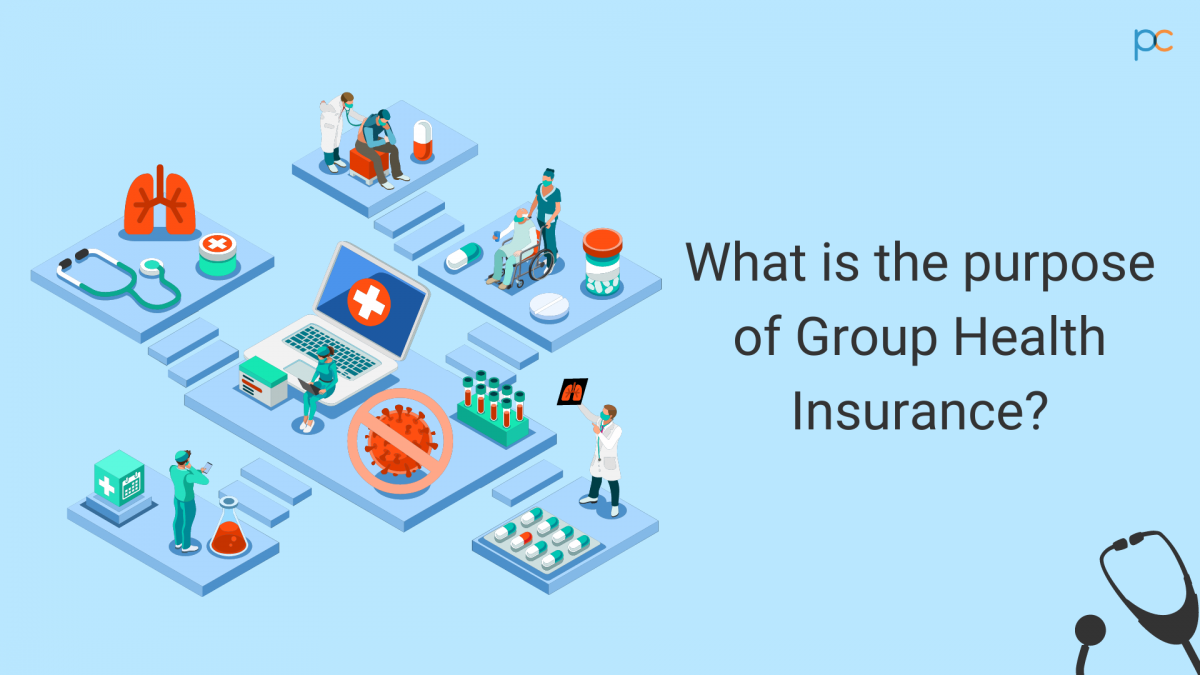Not known Factual Statements About Pacific Prime
Not known Factual Statements About Pacific Prime
Blog Article
Get This Report about Pacific Prime
Table of ContentsThings about Pacific PrimePacific Prime for DummiesThe Only Guide for Pacific PrimeLittle Known Questions About Pacific Prime.How Pacific Prime can Save You Time, Stress, and Money.

This is because the data were accumulated for a period of solid financial efficiency. Of the approximated 42 million people that were without insurance, all yet about 420,000 (regarding 1 percent) were under 65 years of age, the age at which most Americans become qualified for Medicare; 32 million were adults in between ages 18 and 65, around 19 percent of all grownups in this age; and 10 million were youngsters under 18 years of age, regarding 13.9 percent of all youngsters (Mills, 2000).
These price quotes of the variety of persons without insurance are produced from the annual March Supplement to the Current Population Survey (CPS), conducted by the Demographics Bureau. Unless or else kept in mind, national price quotes of people without medical insurance and proportions of the population with various kinds of protection are based on the CPS, the most widely used source of quotes of insurance protection and uninsurance prices.
The Greatest Guide To Pacific Prime

Still, the CPS is particularly beneficial since it generates yearly quotes fairly swiftly, reporting the previous year's insurance policy protection approximates each September, and because it is the basis for a regular set of estimates for more than 20 years, enabling evaluation of fads in protection over time. For these factors, in addition to the comprehensive use of the CPS in other researches of insurance policy protection that are provided in this report, we count on CPS estimates, with constraints noted.

The price quote of the variety of without insurance people expands when a population's insurance coverage standing is tracked for several years. Over a three-year period beginning early in 1993, 72 million individuals, 29 percent of the united state population, were without insurance coverage for a minimum of one month. Within a solitary year (1994 ), 53 million individuals experienced a minimum of a month without insurance coverage (Bennefield, 1998a)
6 out of every ten uninsured grownups are themselves employed. Although working does improve the possibility that a person and one's member of the family will certainly have insurance, it is not a guarantee. Even participants of households with 2 full-time wage income earners have practically a one-in-ten possibility of being without insurance (9.1 percent uninsured rate) (Hoffman and Pohl, 2000).
A Biased View of Pacific Prime
New immigrants represent a considerable percentage of individuals without health and wellness insurance policy. One analysis has connected a considerable part of the recent development in the dimension of the U.S. uninsured populace to immigrants who arrived in the nation between 1994 and 1998 (Camarota and Edwards, 2000). Recent immigrants (those who came to the United States within the previous 4 years) do have a high price of being without insurance (46 percent), yet they and their kids make up simply 6 percent of those without insurance across the country (Holahan et al., 2001).
The relationship in between health insurance coverage and access to care is well established, as documented later on in this phase. The partnership in between wellness insurance and health and wellness outcomes is neither direct neither simple, a substantial medical and wellness solutions research study literary works web links health insurance policy protection to improved access to care, much better high quality, and enhanced individual and populace health and wellness status.
Levels of analysis for analyzing the results of uninsurance. It focuses specifically on those without any health insurance for any type of length of time.
Top Guidelines Of Pacific Prime
The issues dealt with by the underinsured are in some respects comparable to those encountered by the uninsured, although they are typically less extreme. Health and wellness insurance policy, nevertheless, is neither required neither enough to acquire accessibility to clinical solutions. The independent and straight effect of health and wellness insurance coverage on accessibility to wellness services is well established.
Others will obtain the wellness treatment they need also without wellness insurance, by paying for it expense website link or seeking it from service providers that use treatment cost-free or at extremely subsidized rates. For still others, wellness insurance coverage alone does not guarantee invoice of care as a result of other nonfinancial obstacles, such as a lack of healthcare providers in their community, restricted access to transport, illiteracy, or linguistic and cultural differences.
Pacific Prime - The Facts
Official research study about without insurance populaces in the USA dates to the late 1920s and early 1930s when the Committee on the Price of Medical Treatment generated a series of records about funding medical professional workplace check outs and hospital stays. This issue became significant as the varieties of clinically indigent climbed up throughout the Great Anxiety.
Report this page